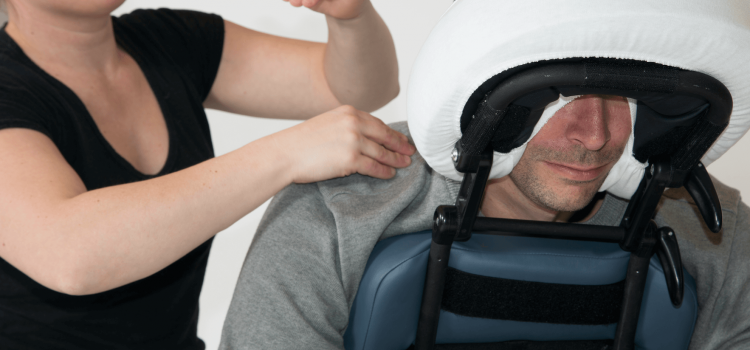
Amma massage is performed using pressure that is similar to acupuncture, shiatsu and various forms of acupressure massage. Originally from Japan, it has remained separate from Western massage and medicine and has preserved Japanese traditions. Amma does not treat illness by providing a specific diagnosis, but instead aims to soothe through touch.
Jump to section :
History
Traditional Chinese healing arts such as herbology, acupuncture and massage were introduced to Japan approximately 1,500 years ago. The word massage, represented by the Chinese characters AN and MO, means to soothe through touch. It was subsequently adopted by the Japanese and pronounced AMMA. In the mid-18th century, Amma was established as a profession for the blind, with nearly all practitioners who graduated from massage schools being visually impaired. After the Second World War, shiatsu increased in popularity thanks to effective marketing. Shiatsu became the traditional Japanese approach, while its true ancestor, Amma, faded into the shadows. As a result, the urban Japanese population is no longer familiar with Amma massage.
Applications and Effects
Amma massage is based on the principles of Chinese medicine, which seek to balance yin and yang as well as the energy channels within the body. In Amma massage, the practitioner applies direct pressure to different tsubos and acupuncture points on the body. Amma techniques include various manipulations, movements and sophisticated percussion techniques, which take a long time to master. In contrast to other, more general techniques, Amma does not use massage oil and practitioners do not use long effleurage strokes. The massage is performed over a sheet or over the clothing rather than directly on the skin, in keeping with the tradition of Japanese massage. A single massage is enough; it is not necessary to return for regular sessions because Amma massage is not meant to be a treatment.
Indications and Contraindications
Amma massage can be used to relieve illness or mental problems, and practitioners can correct any psychological, emotional or mental imbalances affecting the client. The objectives of Amma massage mean that it is suitable for a wide variety of people. It relaxes the client, relieves stress and creates a sense of overall wellbeing. Amma also promotes healthy energy flow by restoring balance in the body’s energy channels. However, individuals with highly sensitive skin or anyone who is mentally fragile or physically ill should not receive an Amma massage. Pregnant women should also avoid Amma massage, as the pressure could cause premature delivery.
Conduct of a Session
Amma is usually performed on a massage table and often involves double the pressure points that are normally used in a full body shiatsu session. Practitioners are trained in small groups and are accustomed to person-to-person contact, which is reflected in their personal practice. However, clients are not encouraged to talk during sessions, except when a manipulation or pressure causes pain or discomfort. Client control the amount of pressure that practitioners apply by letting them know when it is strong enough.
Amma consists of a Kata, or “form” in Japanese, which is a ritual performed during the Amma massage. It is a sort of choreography that the practitioner performs on the body during a 60-minute massage, which includes 140 points, 25 techniques and various rhythms. This rite, passed down from Amma master to student, is a kind of meditation. Using this precise and particular series of movements, new practitioners can incorporate everything they have learned from their masters and turn it into an art form.

